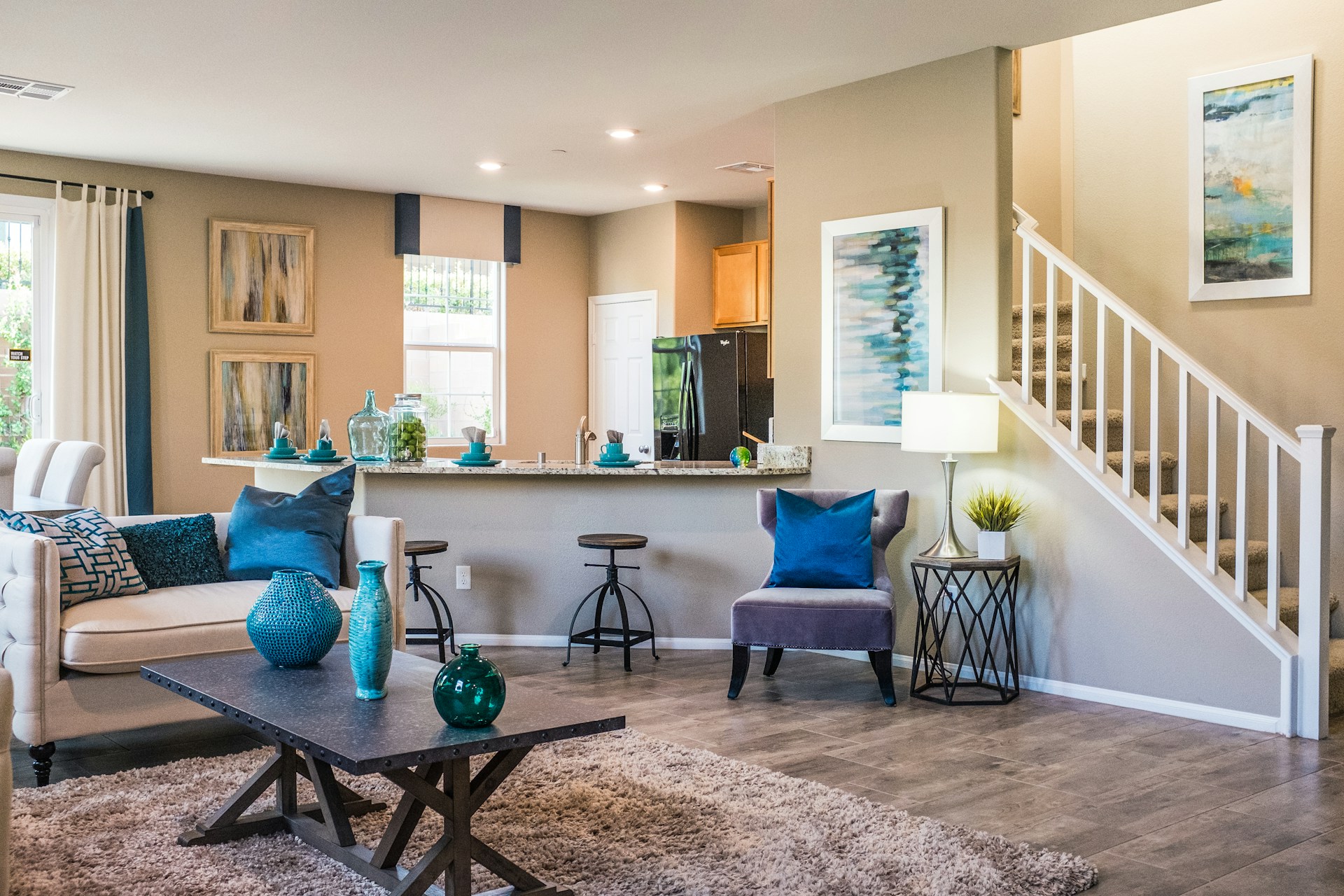How to Create Age-Inclusive Housing that Accommodates the Needs of Seniors?

In a world where the population is aging rapidly, there’s a growing need for housing that caters to the unique needs of older adults. Housing that is not only comfortable and secure, but also enables seniors to maintain their independence and continue to lead fulfilling lives. It’s not just about creating homes that are accessible and safe for seniors, but also about designing communities that are inclusive, supportive, and that foster social interactions. Let’s explore the key elements of age-inclusive housing and communities, and how you can create such a place for the increasing aging population.
Designing Accessible and Safe Housing for Seniors
The built environment plays a crucial role in enabling seniors to live independently and safely. Homes need to be designed in such a way that they accommodate the physical limitations that come with age, while also promoting overall well-being.
Avez-vous vu cela : What Are the Best Practices for Real Estate Agents When Dealing with Property Under Probate?
One of the most fundamental aspects of age-inclusive housing is accessibility. This means designing homes with features such as no-step entries, wide doorways and hallways to accommodate walkers or wheelchairs, and bathrooms with grab bars and walk-in showers. Flooring should be non-slip, and there should be ample lighting to prevent falls.
In addition, homes should be equipped with modern technologies that can assist seniors and enhance their safety. For instance, home automation systems can provide reminders for medication, alert emergency services in case of a fall, and enable remote monitoring by caregivers or family members.
Cela peut vous intéresser : What Are the Latest Trends in Workspace Design for Real Estate Developments?
Creating a Health-Friendly Environment
Health needs become increasingly complex as people age. As such, age-inclusive housing should ideally be located in close proximity to healthcare facilities and services. This does not mean just hospitals or clinics, but also services like physiotherapy, mental health support, and health promotion programs.
Moreover, it’s essential to create a health-friendly environment within the housing community itself. This involves providing facilities for physical exercise, such as gym or yoga classes tailored for seniors. Outdoor spaces should be designed with walkways for safe and enjoyable walks. The availability of nutritious meals can also contribute to better health among seniors.
Fostering Social Interaction and Community Engagement
Aging can often be associated with loneliness and social isolation, which can have severe impacts on the mental and emotional health of seniors. Age-inclusive communities should therefore be designed to foster social interaction and engagement.
This involves providing communal spaces where residents can gather for social activities, games, shared meals, and other events. In addition, housing communities can partner with local organizations to provide opportunities for seniors to volunteer, learn new skills, or engage in hobbies and interests.
Importantly, intergenerational interaction should also be encouraged. As per research available on Google Scholar, intergenerational programs not only benefit seniors by reducing feelings of loneliness, but also have positive impacts on younger generations by promoting empathy and understanding.
Integrating Support Services
While the goal of age-inclusive housing is to enable seniors to live independently, it’s also essential to provide the necessary support when needed. This may include in-home care services, transportation to appointments or for shopping, and assistance with daily tasks such as cooking, cleaning, and laundry.
Furthermore, case management services can be integrated to help residents navigate the health and social care systems, coordinate services, and access benefits or resources. Mental health support should also be readily available to residents.
Building a Senior-Friendly Community
Last but not least, a truly age-inclusive housing community is one that is not just about the physical infrastructure, but also about the attitudes and behaviors of the community at large.
Local businesses, services, and public facilities should be accessible and welcoming to seniors. Opportunities for seniors to participate in community decision-making should be provided, and their contributions should be valued and recognized. Furthermore, public awareness and education can be used to challenge ageist stereotypes and promote positive attitudes towards aging and older adults.
In conclusion, creating an age-inclusive housing community is not just about adapting physical spaces, but also about fostering a sense of belonging, respect, and inclusivity for older adults. This requires a comprehensive approach that considers the physical, social, emotional, and health needs of seniors.
Implementing Universal Design Principles
Universal Design principles are crucial in creating age-friendly communities for older adults. These principles aim at making environments, services, and products accessible to all individuals, irrespective of their age, physical ability, or situation. According to studies found on PubMed Google, the application of these principles can significantly enhance the quality of life of older people.
For instance, homes should be designed to be easy to navigate, with clear and intuitive signage, easy-to-use appliances and fixtures, and smart technologies. In the built environment, there should be plenty of seating areas, shaded spaces, and appropriate flooring to prevent slips and falls. Moreover, amenities such as stores, banks, and recreational facilities should be easily accessible, either within walking distance or through reliable public transportation.
As per the United Nations, the implementation of these design principles can help promote successful aging in place. This means empowering older adults to continue living in their own communities and maintaining their independence as long as possible. However, it’s crucial to remember that universal design is not just about physical accessibility, but also about ensuring that services and systems are inclusive and easy to use.
For instance, there should be easy access to information about community services, health care, and activities. Digital platforms need to be user-friendly, with simple interfaces and clear instructions. It’s also important to provide alternative ways for those who may not be comfortable or familiar with technology, such as printed newsletters or telephone helplines.
Promoting Long-Term Sustainability
In creating age-inclusive communities, long-term sustainability is an essential factor to consider. This involves ensuring that the housing and community services can adapt and evolve to meet the changing needs and expectations of older adults, as well as the broader societal and environmental changes.
For instance, housing designs should be flexible and adaptable, allowing for modifications or conversions as the residents’ needs change. In terms of community services, a sustainable approach would involve ongoing evaluation and improvement based on feedback from residents and other stakeholders.
In terms of environmental sustainability, housing and community facilities should be designed to be energy-efficient, use sustainable materials, and contribute to a healthy and pleasant living environment. Many studies on Google Scholar have shown that green spaces, clean air, and a quiet environment can significantly improve the well-being of seniors.
Ensuring financial sustainability is also essential. This can be achieved through a combination of public funding, private investment, and innovative financing models. Importantly, affordability should be a key consideration to ensure that the community is inclusive and accessible to seniors from different income levels.
Conclusion: Creating Age-Inclusive Communities
In conclusion, creating age-inclusive housing that accommodates the needs of seniors requires a comprehensive and sustainable approach. This involves designing accessible and safe housing, fostering social interactions, integrating support services, implementing universal design principles, and promoting long-term sustainability.
By following these principles, we can create communities where older adults can continue to live independently, maintain their quality of life, and contribute meaningfully to society. This aligns with the United Nations‘ goals for age-friendly communities and promotes successful aging in place.
Remember, it’s not just about the physical environment, but also about fostering a sense of belonging, inclusivity, and respect for older adults. As we continue to see an increase in the aging population, the need for such communities will only become more urgent. Therefore, it’s incumbent upon us to take action now and create living spaces that truly cater to the needs of our seniors.
